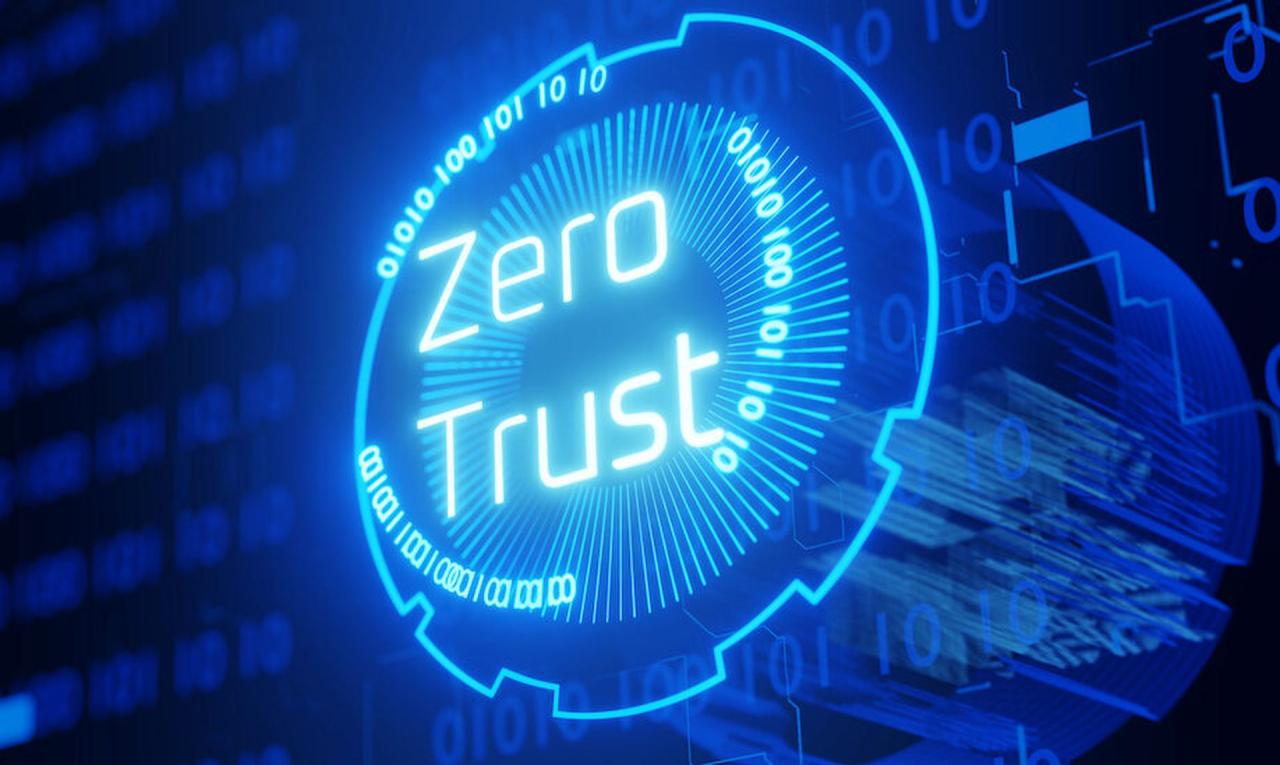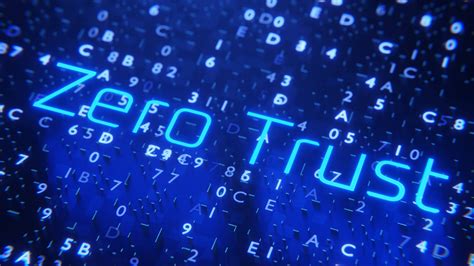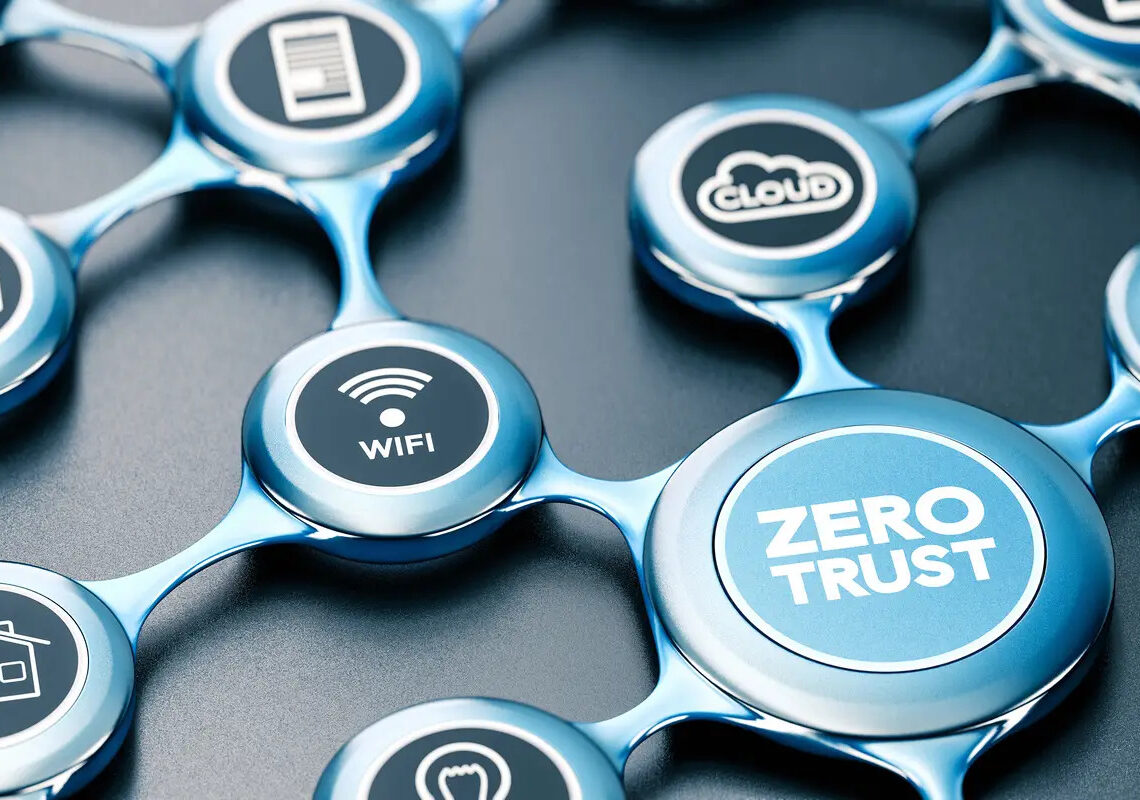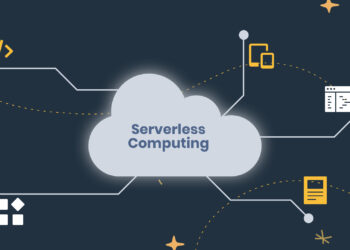For decades, the cybersecurity paradigm was largely built around a simple concept: the network perimeter. Organizations meticulously constructed digital fortresses, with firewalls and intrusion detection systems acting as formidable walls, guarding the “trusted” interior from the “untrusted” exterior. However, the relentless evolution of the digital landscape has rendered this traditional perimeter-centric model increasingly obsolete. The rise of cloud computing, remote work, mobile devices, and the Internet of Things (IoT) has dissolved the clear boundaries that once defined corporate networks. Attackers are no longer just external threats; insider threats, compromised credentials, and sophisticated phishing attacks can bypass traditional defenses, granting adversaries a foothold within the “trusted” zone. This fundamental shift necessitates a revolutionary approach to security as known as Zero Trust.
At its core, Zero Trust operates on the principle of “never trust, always verify.” It assumes that no user, device, or network is inherently trustworthy, regardless of its location relative to the traditional perimeter. This article will delve into the critical necessity of embracing Zero Trust, explore its foundational principles and architectural components, detail its transformative benefits, address the complexities of its implementation, and cast a vision for its role in securing our hyper-connected future.
The Erosion of the Traditional Network Perimeter
To fully appreciate the necessity of Zero Trust, it’s vital to understand why the traditional perimeter has failed.
- Rise of Cloud Computing: Applications and data are no longer solely on-premises. They reside in public, private, and hybrid clouds, extending the enterprise beyond any physical perimeter.
- Proliferation of Remote Work: Employees access corporate resources from homes, coffee shops, and diverse locations using various personal and corporate devices, effectively bypassing the traditional office network perimeter.
- Ubiquity of Mobile Devices: Smartphones and tablets access sensitive data and applications from anywhere, often outside corporate control and traditional security measures.
- Explosion of IoT Devices: Billions of IoT devices, from smart sensors to industrial machinery, connect to networks, many with weak inherent security, creating new entry points for attackers.
- Insider Threats: Malicious or negligent insiders can bypass perimeter defenses entirely, leveraging their internal access to compromise systems or data.
- Sophisticated Attack Techniques: Phishing, social engineering, and credential theft allow attackers to gain legitimate-looking access, making perimeter defenses irrelevant once inside.
The Core Principles of Zero Trust

Zero Trust is not a single technology but a strategic security model built on foundational principles that challenge traditional assumptions.
- Never Trust, Always Verify: This is the bedrock principle. No user, device, or application is inherently trusted, regardless of its location or previous authentication. Every access request must be authenticated and authorized.
- Assume Breach: Organizations must operate under the assumption that a breach has already occurred or will eventually occur. This mindset shifts focus from prevention alone to detection, containment, and rapid response.
- Verify Explicitly: All access requests must be explicitly verified based on multiple data points. This includes user identity, device posture (health, compliance), location, service being accessed, and contextual information.
- Least Privilege Access: Users and devices are granted only the minimum necessary access to perform their specific tasks. This minimizes the impact if an account or device is compromised.
- Micro-segmentation: Networks are divided into small, isolated segments, limiting lateral movement for attackers. If one segment is breached, the attacker’s ability to move to other critical systems is severely restricted.
- Monitor and Analyze Everything: All network traffic, user behavior, and system logs are continuously monitored for suspicious activity. Advanced analytics, often leveraging AI, are used to detect anomalies and potential threats.
- Automate Response: Security operations are automated as much as possible to enable rapid detection, containment, and remediation of threats, reducing human intervention and response times.
Architectural Components of a Zero Trust Implementation
Implementing Zero Trust requires integrating a suite of technologies and processes that work in concert.
Identity and Access Management (IAM)
This is the foundation for verifying “who” is accessing “what.” It includes strong authentication mechanisms like Multi-Factor Authentication (MFA), Single Sign-On (SSO), and identity governance to manage user identities and their permissions across all resources.
Endpoint Security (EDR/XDR)
These tools provide continuous monitoring of devices for suspicious activity, ensuring device health and compliance. EDR (Endpoint Detection and Response) focuses on endpoints, while XDR (Extended Detection and Response) expands visibility across endpoints, network, cloud, and email for more comprehensive threat detection.
Network Segmentation (Micro-segmentation)
This involves logically dividing the network into smaller, isolated zones down to the workload level. Technologies like Software-Defined Networking (SDN) and network access control (NAC) are used to enforce granular policies and restrict traffic flow between segments.
Cloud Security Posture Management (CSPM) & Cloud Workload Protection Platforms (CWPP)
These tools are crucial for securing cloud environments. CSPM identifies misconfigurations and compliance issues in cloud infrastructure, while CWPP protects workloads (VMs, containers, serverless functions) running within the cloud from threats.
Data Security and Encryption
Protecting data at rest and in transit is vital. This includes encryption for sensitive data, data loss prevention (DLP) solutions to prevent unauthorized data exfiltration, and robust data classification strategies.
API Security
As applications increasingly rely on APIs for communication, securing these interfaces is paramount. API gateways, authentication, authorization, and continuous monitoring are essential to protect against API-specific attacks.
Security Analytics, SIEM, and SOAR
Security Information and Event Management (SIEM) systems aggregate and correlate security logs from across the enterprise, providing a centralized view of security events. Security Orchestration, Automation, and Response (SOAR) platforms automate repetitive security tasks and orchestrate incident response workflows, improving efficiency and reducing alert fatigue.
Threat Intelligence Platforms
These platforms ingest, analyze, and disseminate information about emerging threats, vulnerabilities, and adversary tactics. Integrating threat intelligence helps organizations proactively identify and defend against new attack vectors.
Transformative Benefits of Adopting Zero Trust
Embracing Zero Trust yields significant advantages for organizations navigating the modern threat landscape.
- Reduced Attack Surface: By eliminating implicit trust, Zero Trust significantly shrinks the potential entry points for attackers. Each access request must be explicitly authorized, making it harder for unauthorized users or compromised accounts to gain a foothold.
- Improved Breach Containment: Micro-segmentation is a cornerstone of Zero Trust, preventing lateral movement of threats within the network. If a breach occurs in one segment, attackers are largely confined, limiting the scope and impact of the incident.
- Enhanced Security Posture for Remote Work and Cloud: Zero Trust is inherently designed for distributed environments. It provides consistent security policies and enforcement regardless of user location or where applications and data reside (on-premises or in the cloud).
- Greater Granularity and Control: Organizations gain unparalleled control over who can access what, under what conditions. This allows for highly precise policy enforcement, tailored to specific user roles and application requirements.
- Better Compliance and Auditability: The explicit verification and continuous monitoring inherent in Zero Trust provide detailed logs and audit trails, making it easier to demonstrate compliance with regulatory requirements and conduct thorough investigations.
- Reduced Operational Costs (Long-Term): While initial implementation requires investment, Zero Trust can lead to long-term cost savings by reducing the severity and frequency of successful breaches, minimizing downtime, and streamlining security operations through automation.
- Accelerated Digital Transformation: By building security directly into the fabric of the network and applications, Zero Trust enables organizations to adopt new technologies (like IoT and advanced cloud services) with greater confidence and less risk.
- Stronger Protection Against Insider Threats: By treating even internal users as potential threats and requiring continuous verification, Zero Trust significantly mitigates the risk posed by malicious or compromised insiders.
Challenges and Considerations for Zero Trust Implementation

While highly beneficial, transitioning to a Zero Trust model is a journey that comes with its own set of complexities.
- Complexity of Existing Infrastructure: Many organizations have decades-old legacy systems that are difficult to integrate with modern Zero Trust principles. Untangling complex interdependencies and updating older applications can be a daunting task.
- Initial Investment and Resources: Implementing Zero Trust requires significant upfront investment in new technologies (e.g., advanced IAM, EDR, micro-segmentation tools), skilled personnel, and professional services. Justifying this investment can be challenging.
- Organizational and Cultural Shift: Zero Trust requires a fundamental shift in thinking from “trust by default” to “never trust.” This impacts every employee and team, requiring extensive training, change management, and buy-in from leadership.
- Data and Policy Management: Defining and managing granular access policies for every user, device, and resource across a sprawling IT environment generates a massive amount of data. Maintaining policy accuracy and preventing “policy sprawl” is critical.
- Integration Challenges: Different security vendors offer components of a Zero Trust framework. Integrating these disparate tools into a cohesive and interoperable solution can be complex and requires careful planning and expertise.
- Performance Considerations: Implementing continuous verification and micro-segmentation can potentially introduce latency or performance overhead if not designed and optimized correctly. Balancing security with usability is key.
- Skill Gap: There is a significant shortage of cybersecurity professionals with the expertise required to design, implement, and manage complex Zero Trust architectures. Organizations often need to invest heavily in upskilling existing staff or hiring new talent.
- Continuous Monitoring and Adaptation: Zero Trust is not a “set it and forget it” solution. It requires continuous monitoring, analysis, and adaptation of policies as the IT environment evolves and new threats emerge.
The Future of Zero Trust
The trajectory of cybersecurity clearly indicates that Zero Trust will become the de facto standard for robust digital defense.
- Wider Adoption Across Industries: What began in highly sensitive sectors (government, finance) will increasingly become the norm across all industries as the benefits become undeniable and implementation becomes more streamlined.
- Simplified Implementation: As vendors mature their offerings and open standards evolve, the complexity of implementing Zero Trust will decrease, making it more accessible to small and medium-sized enterprises (SMEs).
- AI and Machine Learning for Automated Policy Enforcement: AI will play an even greater role in dynamically adapting policies, detecting anomalies, and automating responses, moving beyond manual policy creation and management.
- Integration with Advanced Technologies: Zero Trust principles will be seamlessly integrated into emerging technologies like quantum computing security, Web3 applications, and advanced edge computing deployments.
- Identity as the New Perimeter: The emphasis on strong identity and continuous verification will solidify identity as the primary control plane for access decisions, overshadowing traditional network boundaries.
- Supply Chain Zero Trust: Extending Zero Trust principles to third-party vendors and supply chain partners, ensuring that external entities accessing the network also adhere to strict “never trust, always verify” rules.
- Regulatory Mandates: Governments and regulatory bodies may increasingly mandate or strongly recommend Zero Trust adoption for critical infrastructure and sensitive data handling.
- User Experience (UX) Enhancements: As Zero Trust matures, the user experience will become increasingly seamless, with security measures operating largely in the background without hindering productivity.
Conclusion
The digital world has become borderless, rendering the traditional network perimeter a relic of the past. In its place, the Zero Trust security model emerges as the essential framework for safeguarding modern enterprises. By operating on the fundamental principle of “never trust, always verify,” and by leveraging a comprehensive suite of advanced technologies, Zero Trust empowers organizations to enforce granular access controls, limit the blast radius of breaches, and navigate the complexities of cloud computing, remote work, and the IoT with confidence.
While the transition to Zero Trust requires strategic investment, a cultural shift, and a commitment to continuous adaptation, the transformative benefits—from enhanced resilience and reduced costs to superior compliance and accelerated innovation—make it an imperative for any organization serious about securing its digital future. Zero Trust is not just a trend; it is the resilient and adaptable perimeter of tomorrow, indispensable for navigating an increasingly complex and perilous cyber landscape.
















